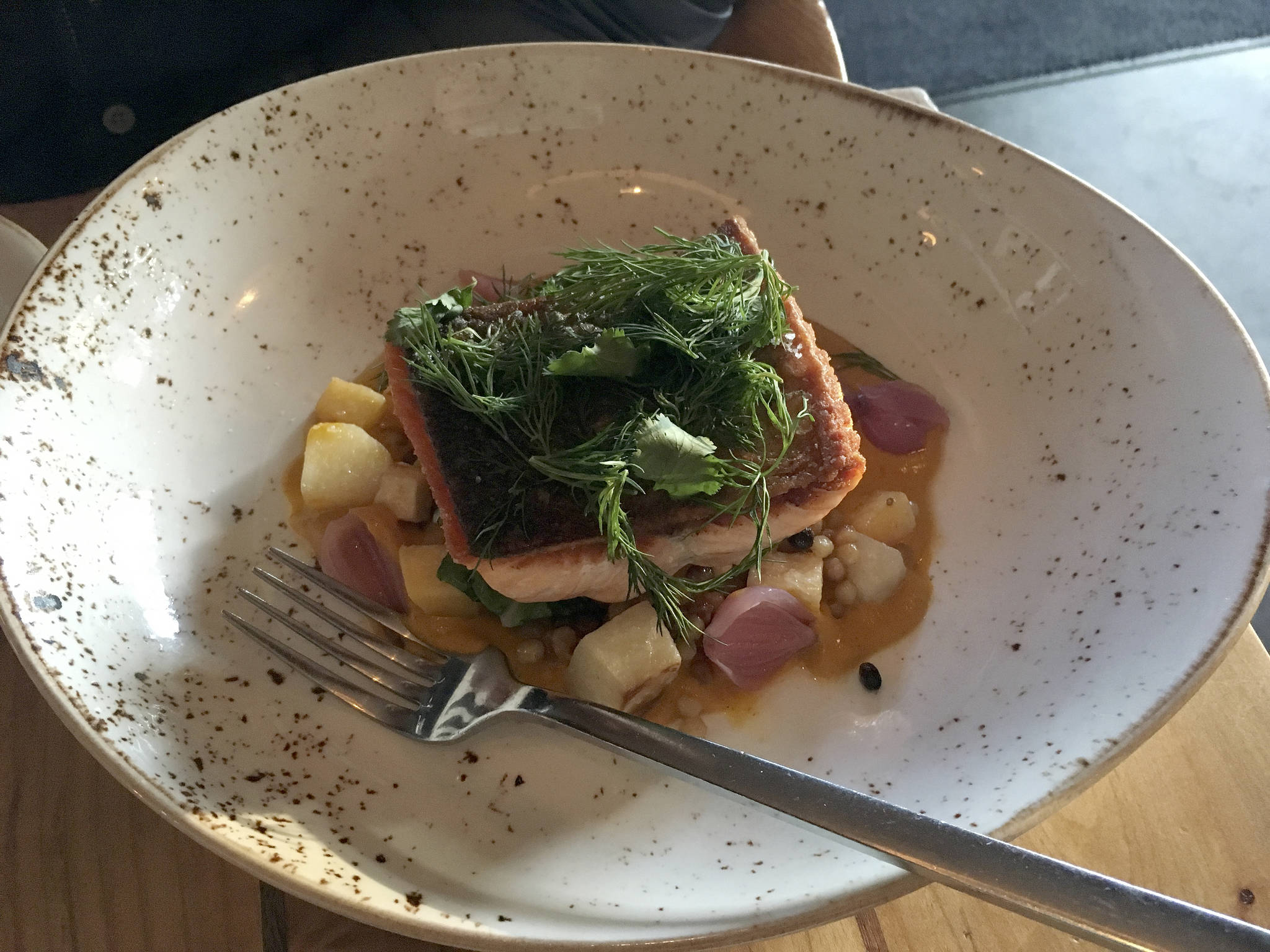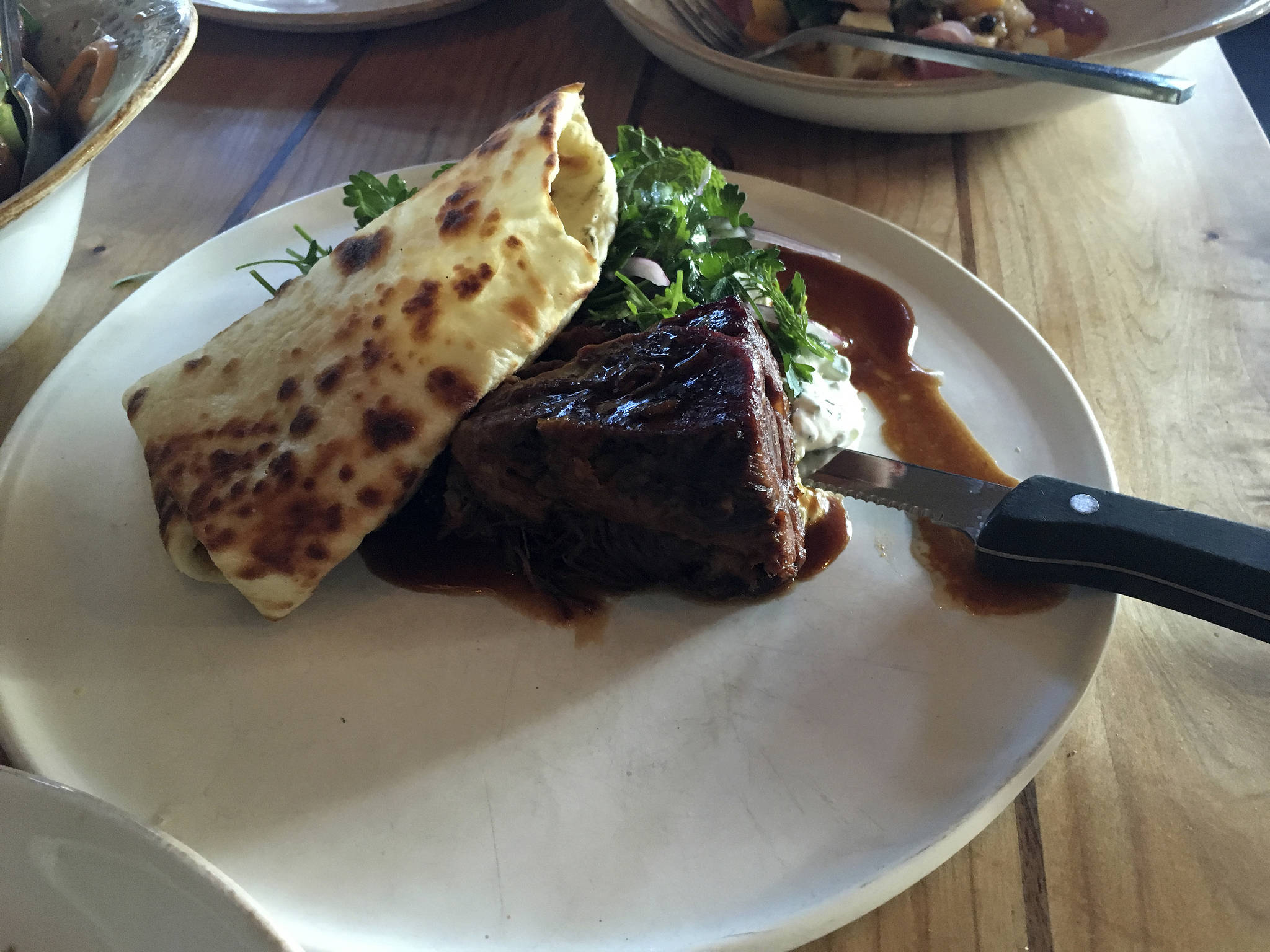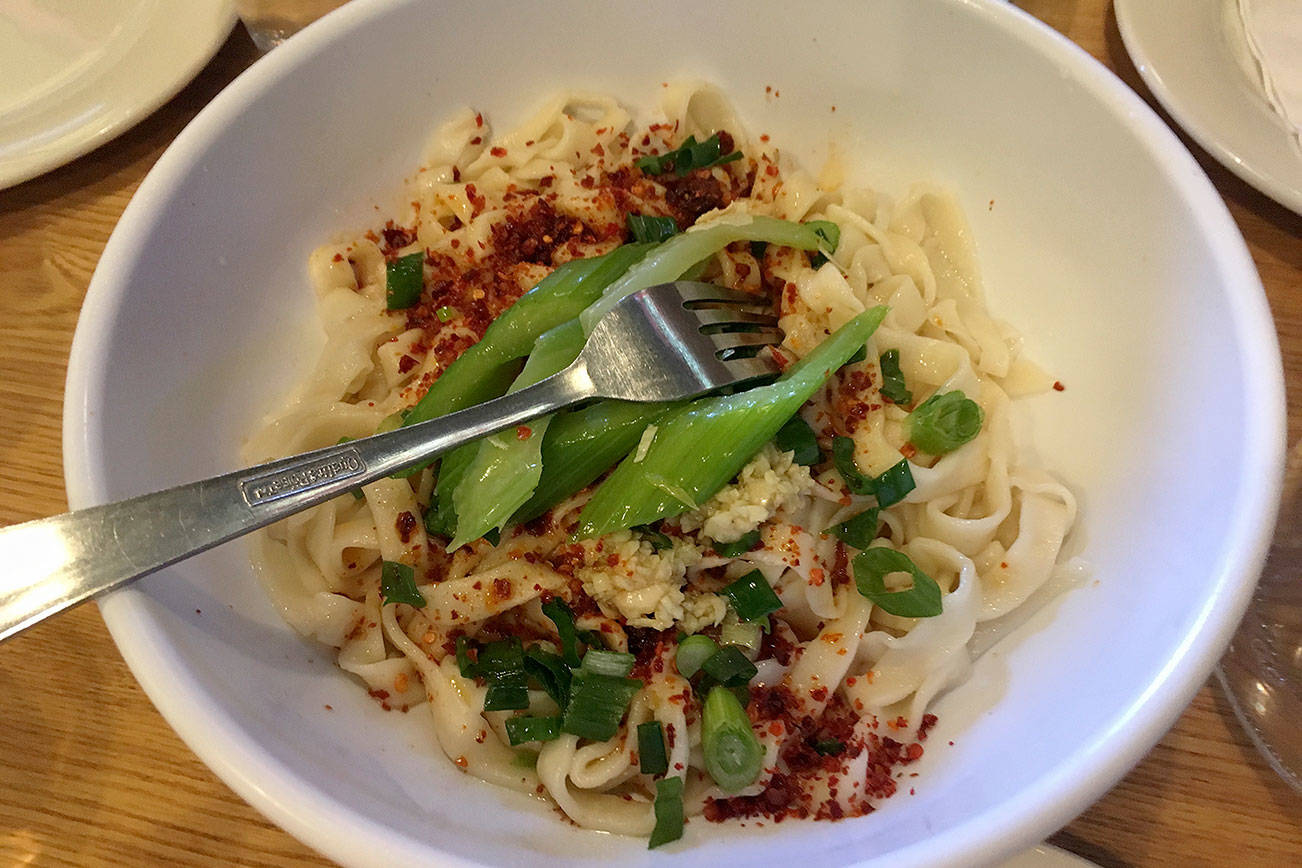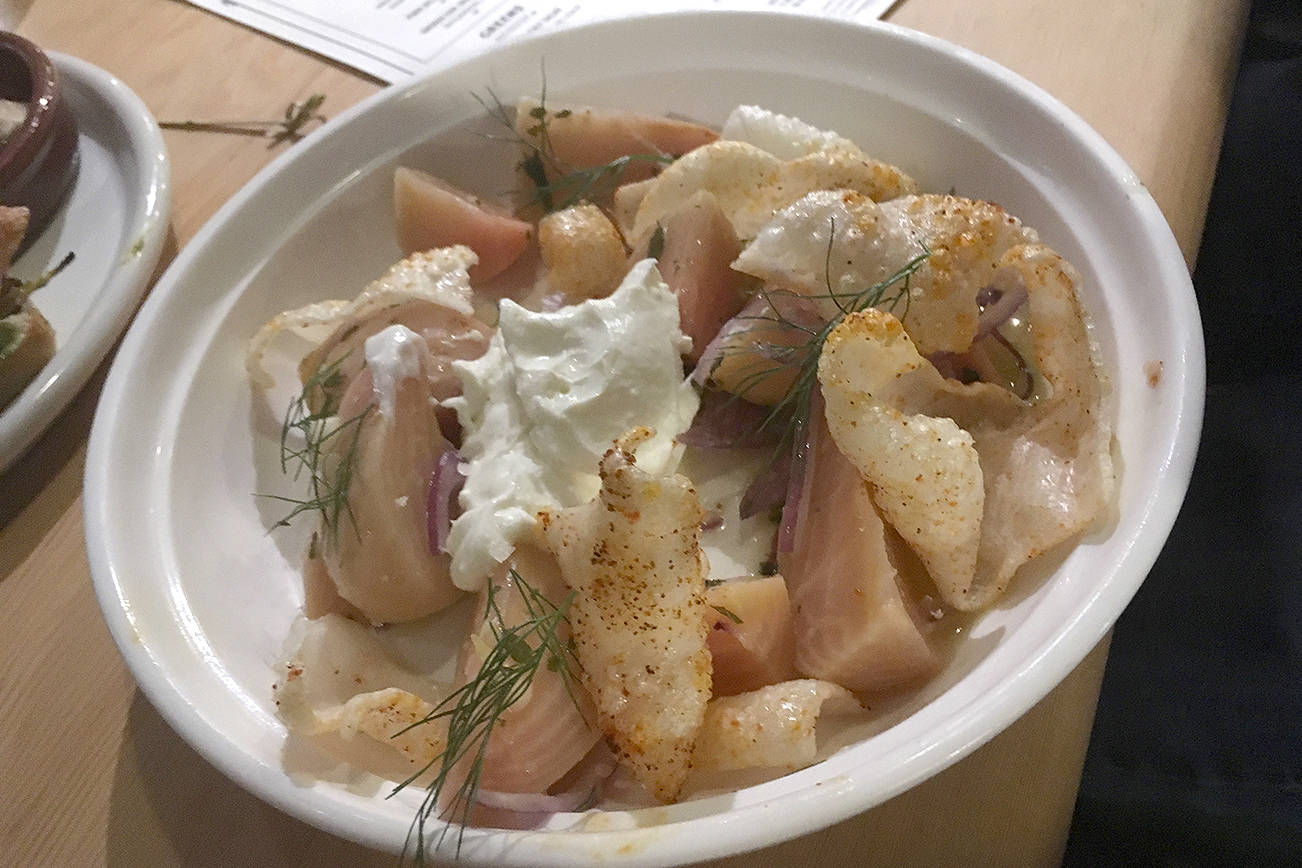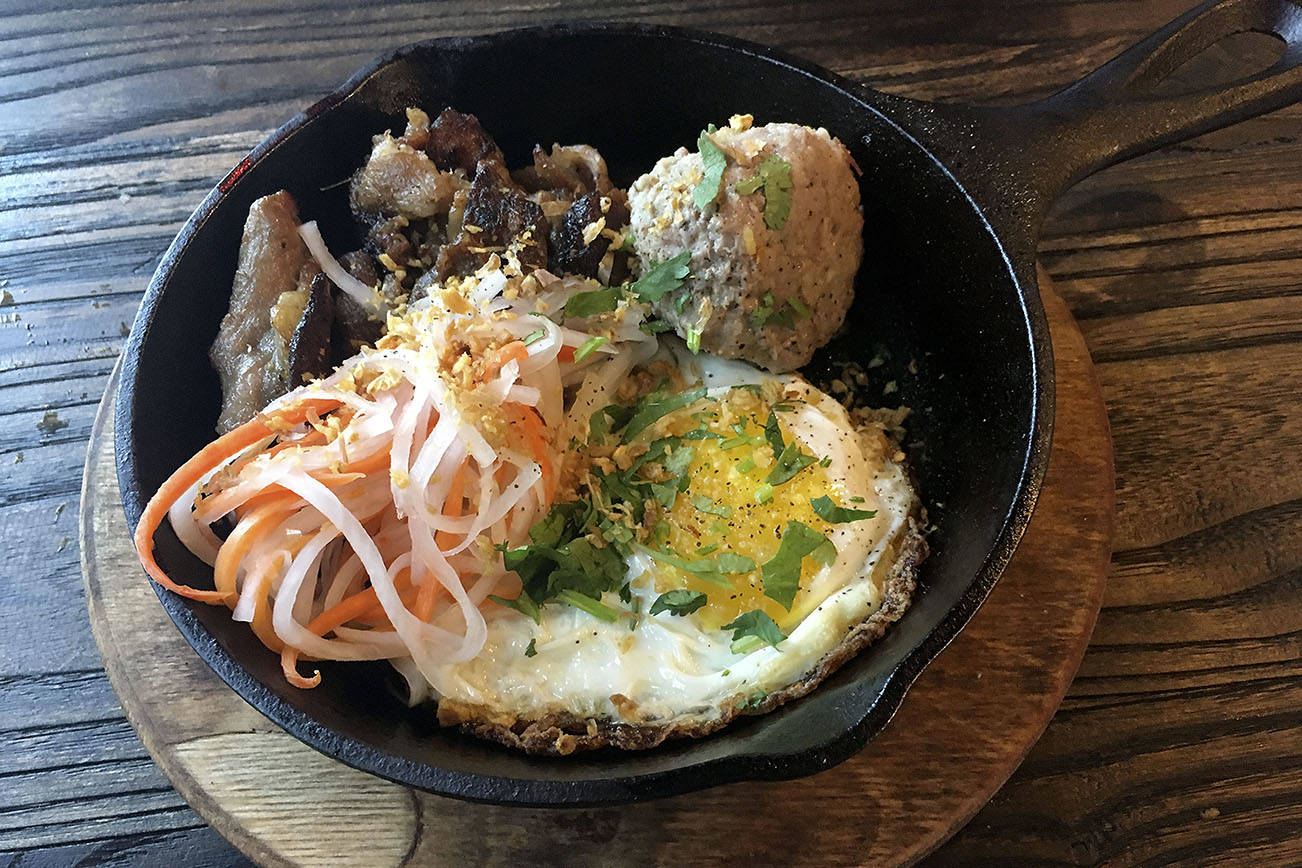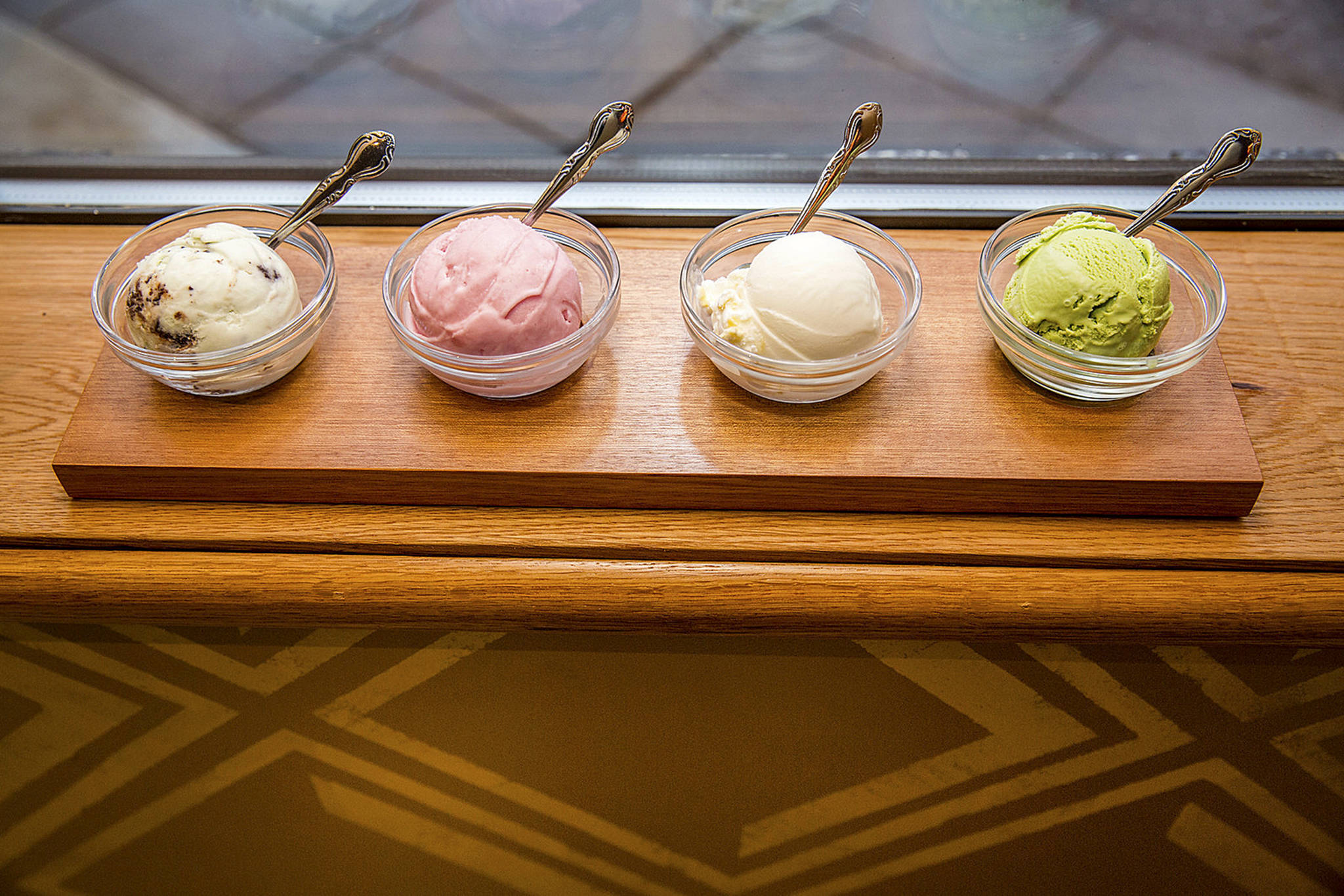When I became food and drink editor at Seattle Weekly back in 2013, I’d been in Seattle for only two years. I wasn’t too worried about covering an entire city’s dining scene, foolishly perhaps, because it seemed so small and doable in comparison to my previous home, New York City. Little did I know then that I had come on board at just the right moment—on the precipice of an entire culinary revolution.
In the four years that followed (two as editor, two as restaurant critic), the stoic town got flashier and fuller of itself, and it was all I could do to keep up with the breakneck pace of restaurant openings (and closings). As I now prepare to move on to a new job and bid farewell to the Weekly, it seemed fitting to go back and revisit the first restaurant I reviewed—even more so since it serves as a microcosm for the shift in the scene from then to now.
The opening of Westward in 2013, a restaurant from Josh Henderson and the Huxley Wallace Collective, located smack-dab on Lake Union, was more or less the start of the Seattle “celebrity” chef (Tom Douglas aside). Besides Henderson, Ethan Stowell, Renee Erickson, and a few others suddenly became omnipresent and recognized nationally.
It was also the beginning of a more self-conscious design aesthetic and the realization that the “new” Seattle wanted less fuss and more fun in its dining choices—ones that celebrated the bounty of the land, and in this case the sea, in novel ways. As I stated in my first review, Westward was different in that it felt “integral to the lake—not like the hulking special-occasion restaurants plopped garishly on an expanse of waterfront. It helps that it has a 150-foot dock, so that boaters can stop in to the restaurant’s accompanying grocery and oyster bar, Little Gull, to grab an oyster knife, a blanket, a charcuterie plate, or some oysters. This place belongs.” Daniel’s Broiler, Ray’s Boathouse, Aqua—their ilk still exists, but their more classic, boilerplate seafood dishes and bloated price tags made for expense accounts instead of everyday people are on the wane. Replacing them: the Westwards of the city, with more inventive seafood fare and casual yet carefully crafted, often twee, atmospheres. Think White Swan Public House, RockCreek, Taylor Shellfish, JarrBarr, Barnacle. None are cheap, but they’re reasonable in comparison.
When I look back on my original review of Westward, I especially have to chuckle at this line: “Westward is doing something different with its menu. Our waiter tells us it’s designed for ‘feasting and sharing,’ which means you won’t find conventional categories like appetizers and entrées. Instead, you’re supposed to tell the waiter how hungry you are and let him customize your choices accordingly.” “Feasting and sharing” is now pretty much de rigueur everywhere you go—and it never ceases to drive me kind of nutty, with its often-haphazard dump of dishes all at once—plates nearly tumbling off the side of the table in an attempt to squeeze ’em all in. I was perplexed then, and still am, though I do appreciate the opportunity to explore many tastes in one setting.
As for the food itself, today’s seafood restaurants come with a twist—at Westward, a Mediterranean one, which felt unique when it opened with beloved chef Zoi Antonitsas at the helm, but now has been replicated perhaps once too often. Ditto the wood-fired oven and the modern, nautical decor: “Big wooden beams resembling pilings separate tables from one another; round canvas lampshades with primary blue and red sailboat numerals hang from high ceilings; gold-framed oil paintings of ships in blustery seas and weathered sea captains line the walls. Fresh white paint throughout, as well as petite brown-leather-backed bar stools resembling boat seats, give it a classic oceanic feel.”
I was truly smitten with the feel of the place; visiting again, it holds up, as does the perfect location. You can lean back in an Adirondack chair outside next to a fire pit as the sun sets over the lake, bathe in natural light at the quirky bar with a diorama of a ship that’s an homage to Wes Anderson’s The Life Aquatic, or throw back oysters at a tiny, no-frills bar that’s annexed off the main room. Others have ripped off this vibe to no end, but you still need to give credit where it’s due. It’s not Westward’s fault that it inspired so many copycats.
Something that has changed, though, is the server uniform—and care. No longer is everyone required to wear a nautical-inspired crisp blue shirt, and the staff seems less invested in your experience there. Service isn’t bad, just rather lackluster. I missed the earnestness of Westward’s early days.
The menu also veers further from its initial Greek roots—perhaps because of Antonitsas’ departure. While there’s still the wood-fired gigante beans with tomato, marjoram, feta, and breadcrumbs and a hell of a good braised lamb shoulder with flatbread, tzatziki, and an herb salad (an epiphany to me on my first try: “of parsley, mint, dill, and red onion so good that I made a batch at home”), the rest of the menu seems less defined, marked instead with ubiquitous things like beef tartare, yellowtail crudo, and steamed manila clams.
It’s a bit of a ghost of itself, holding on to its greatest hits and filling in the rest with elevator music. I longed for that halloumi cheese “served in big chunks rather than the usual thin, flat slices, accented with bite-size pieces of ripe watermelon and mint and fired up with urfa biber chili” and the “Moroccan fish stew, with a generous piece of rockfish, plump mussels, and cauliflower in a piquant, exquisite broth flavored with ras el hanout, a North African spice mix.” Fortunately, though, on this visit, pan-seared Arctic char was a stunner, with a carrot harissa purée, fregola, chard, and roots (yes, we use words like “roots” with ridiculous seriousness on menus these days). That, the lamb, and a dozen happy-hour oysters at $2 a pop made for quite a nice meal—and mitigated a ho-hum grilled-octopus salad.
If Westward is guilty of anything, it may be that initially it put too much stock in one chef—something that, given the continually rising tide of new restaurants and a shortage of chefs, means that someone’s signature touch can easily be gone tomorrow. Perhaps Henderson has spread himself a bit thin, opening—and unfortunately shuttering—a spate of restaurants following Westward’s debut. Or maybe it’s just a sign of the times. We relish novelty and then quickly move on to the next great thing, often leaving behind perfectly fine restaurants to fight to remain relevant in a sea of ever-growing choices. As a reviewer, I recognize the irony, and the part I often played in enticing diners to revel in the latest and greatest. Still, it felt important to call attention to the exceptional—to whet people’s appetites and expand their palates.
As I sign off, though, what I’m looking forward to the most—more than eating at a brand-new spot each week—is returning to my favorites, the places I rarely had the pleasure to frequent because of the necessity of my work. This weekend, you’re likely to find me at a neighborhood brunch spot (my most neglected meal as a reviewer). I’ll be the one with a noticeably self-satisfied grin, ordering just one plate of breakfasty food and maybe a pedestrian cocktail like a Bloody Mary—not scribbling furtive notes or snapping photos surreptitiously on my phone. To be sure, I’ll miss my readers, though, and hope you continue supporting all the great (old and new) Seattle restaurants out there. It was a privilege to eat—and write—for you.
Westward
